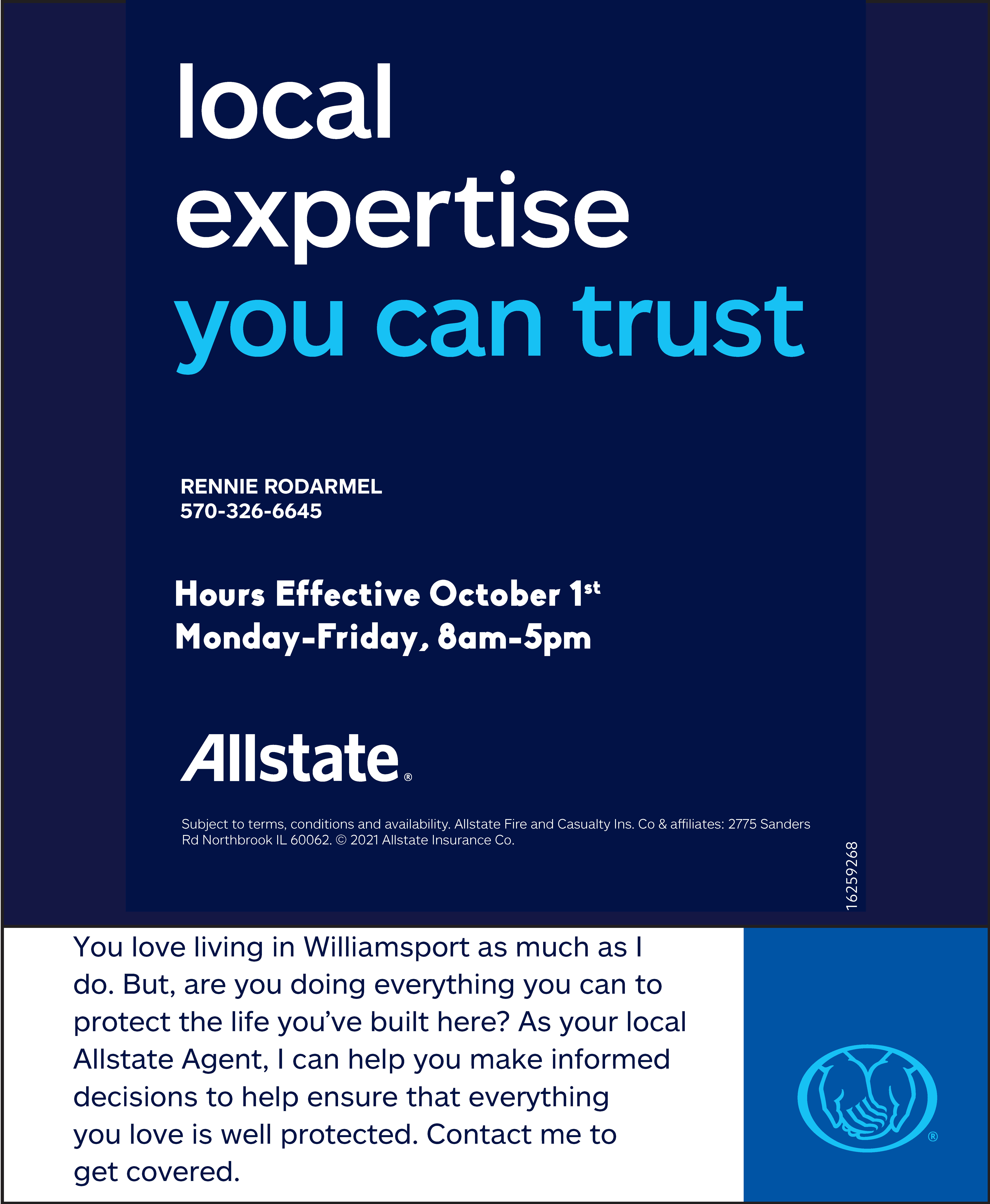Whether you are going to be hunting on public or private property this spring, and whether you are hunting at an old familiar haunt or trying out a new location, here are some tips to guide you through to a more successful spring season in the big woods of northcentral Pennsylvania.
Pre-season Preparation:
One of the greatest keys to being successful in putting a spring gobbler in your gamebag is the work you do before the season even opens. In particular, I am referring to preseason scouting. Even throughout the winter, knowing the location of turkeys is important. Yes, they will move and disburse from their wintering areas, but keeping tabs on their whereabouts from the post-fall season until just before the beginning of the spring season will help predict where your best set-up may be come opening day. From time to time, as Mother Nature paints the landscape with newly fallen snow, you should be spending as much time as possible walking through your favorite hunting areas, looking for signs and listening for the first gobbles of the season.
Spring seeps and early runoff areas are great spots to located signs of recent activities by turkeys that may be traveling through your woods and stopping there in search of insects and soft, new shoots. After the sparse availability of food throughout the winter months, flocks will travel miles in search of food, and will often leave behind large plots of woods that are heavily scratched from their searching for and feeding on left-over acorns and maple seeds, as well as cherry and grape seeds. Concentrate your time in forested areas that are abundant in oaks, particularly white oaks, and on hillsides and bottoms where grapevines are located. As you travel along abandoned logging roads and visit openings along these roadways, be alert for droppings and for scrape marks in the dirt from the wingtips of old Toms as they strut for their harem of hens.
Tools of the Trade:
The most important things to carry with you are a good pair of binoculars, and especially if you are in a location that is new to you, a hand-held GPS can be invaluable. As you slip through the woods looking for turkeys or any related signs of their activities, binoculars will help you spot turkeys before they spot you. After all, the last thing you want to do is alert them to your presence and begin to put pressure on them before the season even opens. By walking the ridges and glassing over the sides to the benches below, you will frequently see turkeys loafing along before they have the opportunity to catch your movement. The GPS can quickly and accurately pinpoint where you have seen turkeys, designate a location to begin your route for hunting, or mark a location of a superior vantage point where you can sit and glass for turkeys. This hand-held device can also direct you via the shortest direction back to your vehicle if you get turned around or darkness begins to fall.
Silence is Golden!
Leave your turkey calls at home! Yes, you heard me right. While I am a big proponent of calling spring gobblers, you should really reserve the calling for once the season opens. Here’s a great example of why. Four years ago, while the spring gobbler season was still two weeks away, I accompanied a friend on a pre-season scouting trip. Not once, but three times as we would approach a new area, he would get out his trusty box call and roll out a series of yelps in hopes for some kind of response from a nearby Tom. And not once, but all three times, we got the same results. My friend would make the series of yelps, then pause five minutes, then play out a second series of yelps. If there was no return call from a gobbler, he would immediately move on. Now, here’s the kicker. Each of the three times, as we began to walk to a new location, within 100 yards, we would flush a gobbler! Yep, every time he called, the birds responded by coming to us, but they did so silently. Sure, we had located three different gobblers, but more importantly, we had educated all of them to be more wary next time when responding to a call. If you must use a call of some kind, use a locator call, such as a crow call or owl call. You may or may not locate a gobbler this way, but at least you won’t risk educating him to your presence and alerting him to the calls of a hunter.
The hiking and scouting that you do now will also get you in shape for opening day, when the last thing you want to do is huff and puff your way in pursuit of an Old Tom!




Leave a Comment
Your email address will not be published. Required fields are marked with *